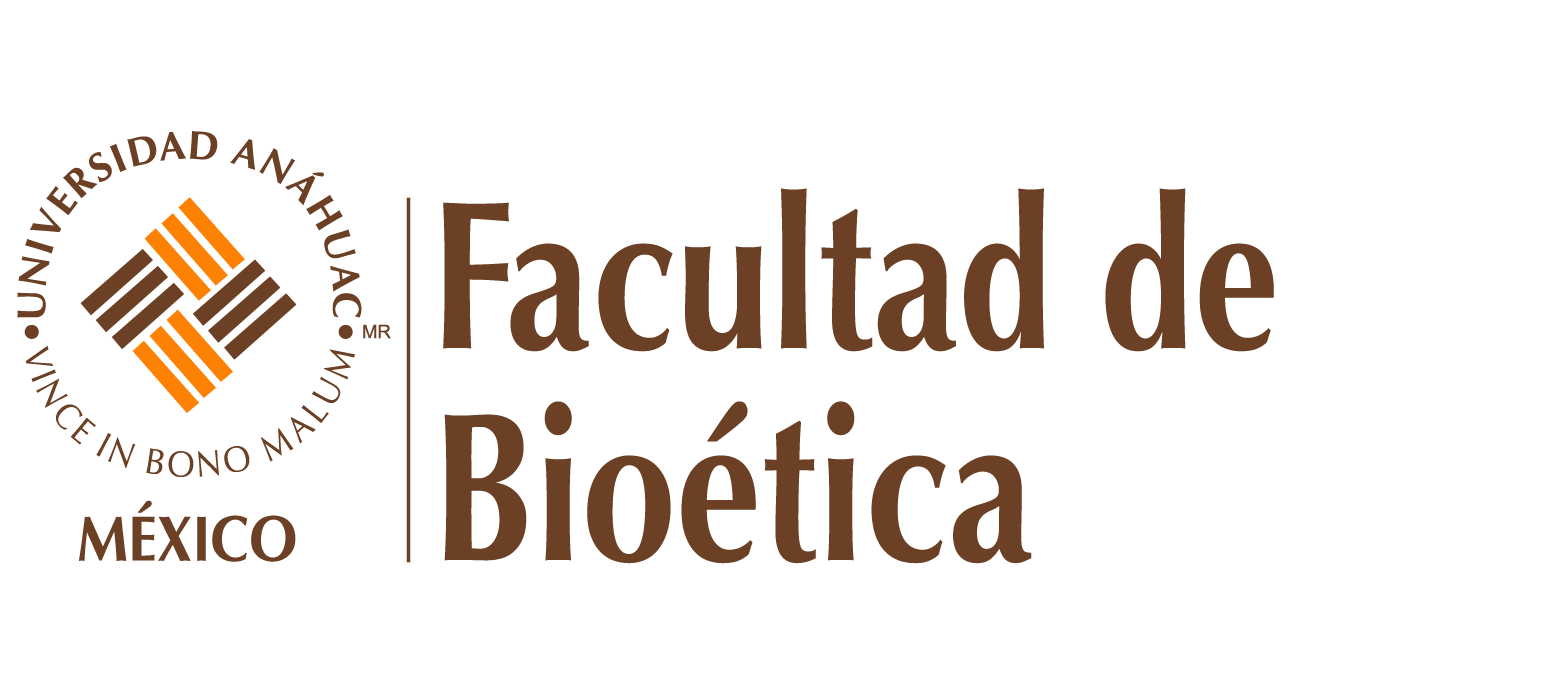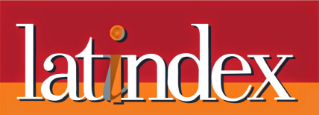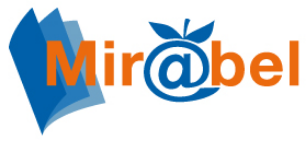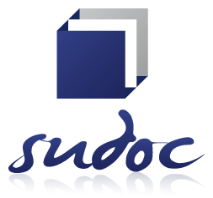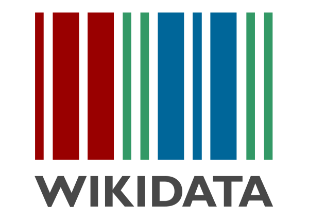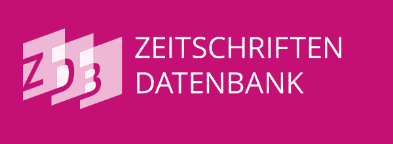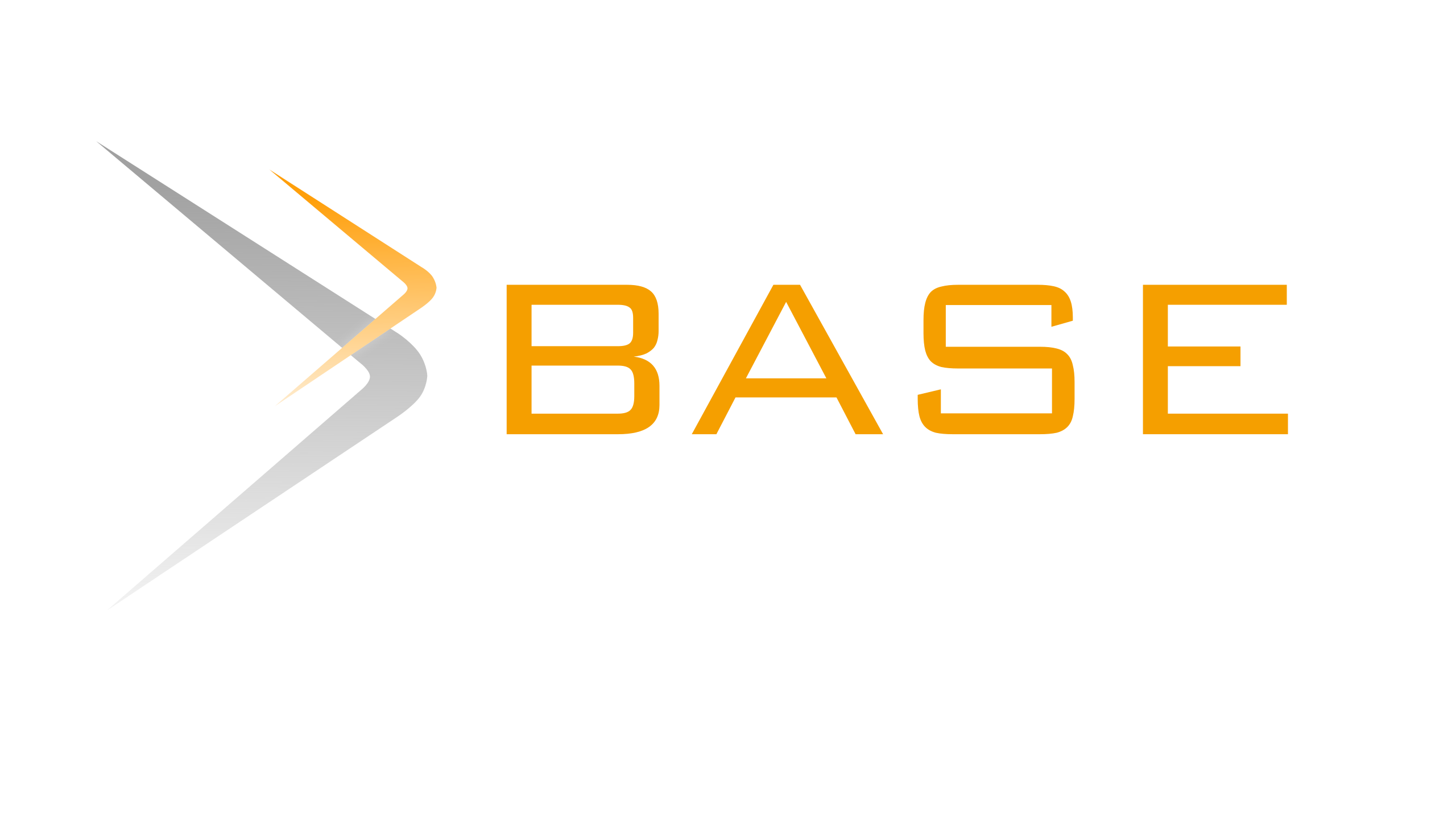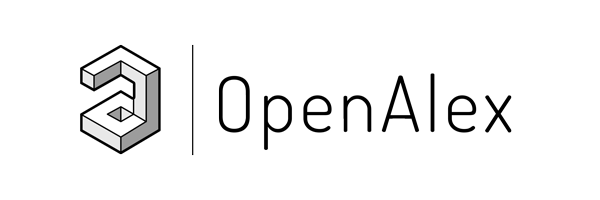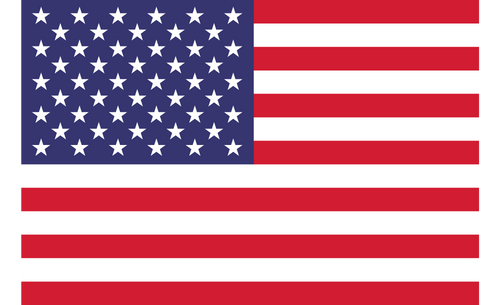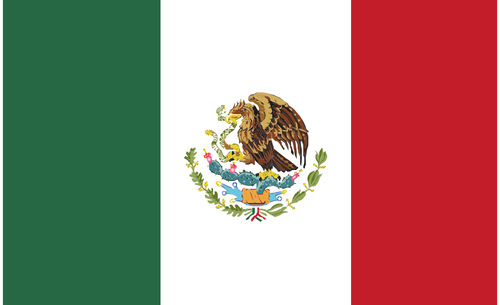La Comunicación en la consulta genética
Palabras clave:
Ética de la comunicación, empatía, consulta genéticaResumen
El siguiente artículo tiene la finalidad de ofrecer una visión alter- nativa a la clásica concepción de comunicación y de consulta genética. De hecho, el rápido incremento de las nuevas posibilidades de conocimiento abre importantes perspectivas sobre el plano diagnóstico, preventivo y terapéutico-asistencial.
En primer lugar, hemos buscado comprender el contexto, el concepto de “consulta genética” y la diferencia entre comunicación y empatía, luego hemos puesto en evidencia la influencia constante del consultor en la relación comunicativa; en fin, hemos considerado la persuasión y el “vencer juntos” (convencer). Hemos llegado a la conclusión que la proclamada “no directividad” de la consulta genética no parece posible, porque todo tipo de comunicación puede influenciar al paciente en sus decisiones. Por tanto hemos evidenciado la necesidad de definir mejor el significado de consulta no directiva y de especificar en cuáles casos el consultor genetista debe tomar una posición.
Descargas
Referencias
2 DALLPICCOLA B, TORRENTE I, MORENA A Y AL. Censimento delle strutture di geneti- ca medica e dei test genetici in Italia. Analysis 2004; 2-3: 301-403.
3 PALZZANI L. Dal Caso alla Scelta: la conoscenza genetica tra nuovi diritti e doveri en Gen-Ius. La consulenza tra genetica e diritto. Quaderni de la Libera Università Maria SS. Asunta, Roma; 2011.
4 MUCCICONI IT, DE MARIA GM (curador). Il Comitato Nazionale per la Bioetica: 1990-2005. Quindici anni di impegno. Actas del Congreso, Roma; 2005.
5 DALLAPICCOLA, TORRENTE, MORENA Y AL. Censimento delle strutture...
6 COMITATO NAZIONALE PER LA BIOETICA (CNB). Orientamenti bioetici per i test gene- tici. (19.11.1999). Presidenza del Consiglio dei Ministri, Dipartimento per l’Informazione e l’editoria, Roma; 1999; CASINI M, SARTEA C. La consulenza gene- tica in Italia: problema, regole di consenso informato, trattamento dei dati genetici e privacy. Medicina e Morale 2009; 6: 1121-1152.
7 AIKEN HD. Life and the right to life en HILTON B, CALLAHAN D, HARRIS M Y AL. Ethi- cal issues in human genetics. New York; 1973: 173; cfr. También: SERRA A. Pro- blemi etici della diagnosi prenatale. Medicina e Morale; 1982: 52-61.
8 UNESCO. International Declaration on Human Genetic Data (16.10.2003), Artículo 11: “Genetic Counselling” (acceso en: http://portal.unesco.org/en/ev.php- URL_ID=17720&URL_DO=DO_TOPIC& URL_SECTION=201.html).
9 SARTEA C. Consenso informato ai test genetici sugli adulti in: Gen-Ius. La consu- lenza tra genetica e diritto. Quaderni de la Libera Università Maria SS. Asunta, Roma; 2011: 144.
10 CORBELLINI G, DONGHI P, MASSARENTI A. Biblioteca. Dizionario por l’uso. Turín: Einaudi; 2006.
11 BURY J. Éducation pour la santé – Concepts, enjeux, planification. Bruxelles: De Boeck-Université, Coll. “Savoirs et Santé”; 1988.
12 BERNARD C. Introduzione allo studio della medicina sperimentale. Padova: Pic- cin; 1994.
13 ENGEL GL. The clinical application of the biopsychosocial model. The Journal of Medicine and Philosophy 1981; 6: 101-123; Id. La necessità di un nuovo modello medico: una sfida alla biomedicine. Sanità, Scienza e Storia 1985; 2: 5-27.
14 D’IVERNOIS JF, GAGNAYRE R. Educare il Paziente. Milán: McGraw-Hill; 2006: 8- 10.
15 ENGEL GL. The clinical application of the biopsychosocial model. Am J Psychia- try. 1980; 137: 535-544.
16 SMITH RC, HOPPE RB. The patient’s story: integrating the patient and physician- centered approaches to interviewing. Ann Intern Med. 1991; 115: 470-477.
17 BENSING JM, DRONKERS J. Instrumental and effective aspects of physician beha- vior. Med Care. 1992; 30: 283-298; ROTER DL. FRANKEL RM, HALL JA Y AL. The expression of emotion through nonverbal behavior in medical visits. Mechanisms and outcomes. J Gen Intern Med. 2006; 21 (Suppl. 1): S28-S34; ROTER DL, STEWART M, PUTNAM M Y AL. Communication patterns of primary care physicians. JAMA. 1997; 277: 350-356.
18 ONG LM, DE HAES JCJM, HOSS AM Y AL. Doctor-Patient Communication: a re- view of the literature. Soc Sci Med. 1995; 40 (7): 903-918.
19 Duffy FD, Gordon GH, Whelan G y AL. Assessing Competence in Communica- tion and Interpersonal Skills the Kalamazoo II Report. Academic Medicine 2004; 79 (6): 495-507.
20 Teutsch C. Patient-doctor communication. Med Clin N Am. 2003; 87: 1115-1145. 21 MAKOUL G. Communication skills education in medical school and beyond. JAMA. 2003; 289:93; IHLER E. Patient-physician communication, JAMA. 2003: 289:92: US- MLE. Clinical skills examination. (acceso en: http://www.usmle.org/news/cse.htm. Accessed 2003): 23.
22 WATZLAWICK P, BRAVIN JH, JACKSON DD. Paradigma della comunicazione uma- na. Roma: Astrolabio; 1971.
23 CARATOZZOLO MC. La Comunicazione Persuasiva. Psicologia Cognitiva, Università di Siena; 2011 (acceso del 15.03.2011, en: http://www.google.it/ url?sa=t&source=web&cd=1&sqi=2&ved=0CBcQFjAA&url=http%3a%2F%2Fdocenti. lett.unisi.it%2Ffiles%2F100%2F1%2F3%2F1%2FPsic_Com_corso_5.ptt&rct=j&q= comunicazione%20persuasione%20carato&ei=YDV_Tcv4F8KEOt6V4bol&usg= AFQjCNG-ZT2Pb RWxzJC71RZB40Lt0gw5BA&sig2=lqMXEPqa8OPKw6wK1H Urg&cad=rja).
24 PIROVANO F, GRANCHI G. Il manager di successo in 7 mose. Milán: Sperling&Kupfer Editori: 2003.
25 PRESIDENZA DEL CONSIGLIO DEI MINISTRI. Linee Guida por l’attività di genetica medica. Allegato A: 3-4; 2004 (acceso del 01.03.2011, en: http//www.governo.it/ backoffice/allegati/22925-2077.pdf).
26 PALAZZANI L. Quale consulenza genetica? Modelli bioetici a confronto en: Gen- Ius. La consulenza tra genetica e diritto. Quaderni della Libera Università Maria SS. Assunta, Roma; 2011.
27 Informativa elaborata nell’ambito del tavolo di lavoro istituito tra il Garante per la Privacy y la Società Italiana di Genetica Umana (SIGU). 31 de marzo de 2009.
28 BANDLER R, GRINDER J. La struttura della Magia. Roma: Astrolabio; 1981.
29 ID. The Structure of Magic I: A Book About Language and Therapy. Palo Alto, CA: Science & Behavior Books; 1975.
30 PIATTELLI PALMARINI M. L’arte di persuadere, come impararla, come esercitarla, come difensersene. Milán: Mondadori; 1996.
31 CIALDINI RB. Le Armi della Persuasione. Come e perché si finisce per dire sem- pre di sì. Giunti – Saggi; 1999: 228.
32 JAMES T, SHEPARD D. Comunicare in pubblico mágicamente. Urgnano, BG: NLP Italy; 2004.
33 MCCARTHY B. The 4MAT system: Teaching to learning styles with right-left mode techniques. Illinois, USA: Excel Incorporated; 1981.
34 PARET M. NLP3 and Quantum Psychology for beginners. Web services Ltd; 2007.
35 En: http://www.neurolinguistic.com/pnl/reduced/aziendale/vendita/ modellopersuasione.htm.
36 PARET M, TREVERSO M. I Pilastri della persuasione. Turín: Anteprima; 2009.
37 BOELLA L. Sentire l’altro. Conoscere e praticare l’empatia. Milán: Raffaello Corti- na Editore; 2006: 15.
38 GALLESE V, FADIGA L, FOGASSI L. Y AL. Action recognition in the premotor cortex. Brain 1996; 119: 593-609; RIZZOLATTI G, FADIGA L, GALLESE V Y AL. Premotor cor- tex and the recognition of motor actions. Cogn Brian Res. 1996, 3: 131-141; IACO- BONI N, WOODS RP, BRASS M Y AL. Cortical mechanisms of human imitation. Science 1999; 286: 2526-2528; RIZZOLATTI G, FOGASSI L, GALLESE V. Mirrors in the mind. Scientific American novembre 2006: 30-37; RAMACHANDRAN VS, OBERMAN LM, Broken mirror. A theory of autism. Scientific American 2006: 39-45; OBERMAN LM, HUBBARD EH, MCCLEERY JP Y AL. EEG evidence for mirror neuron dysfunction in autism spectrum disorders. Cogn Brain Res. 2005; 24: 190-198; THEORET H, HALLIGAN E, KOBAYASHI M Y AL. Impaired motor facilitation during action observa- tion in individuals with autism spectrum disorder. Curr Biology. 2005; 15: 84-85.
39 I Pareri del Comitato, Orientamenti bioetici per i test genetici, Sintesi e Raco- mandazioni. (19.11.1999) (acceso en: http://www.governo.it/bioetica/testi/ 191199.html).
40 SGRECCIA E. Manuale di Bioetica. Vol. I, Milano: Vita e Pensiero; 1999: 308-314.
Descargas
Publicado
Número
Sección
Licencia
Medicina y Ética se distribuye bajo Licencia Creative Commons Atribución-NoComercial-CompartirIgual 4.0 Internacional.
El autor conserva los derechos patrimoniales sin restricciones y garantiza a la revista el derecho de ser la primera publicación del trabajo. El autor es libre de depositar la versión publicada en cualquier otro medio, como un repositorio institucional o en su propio sitio web.

